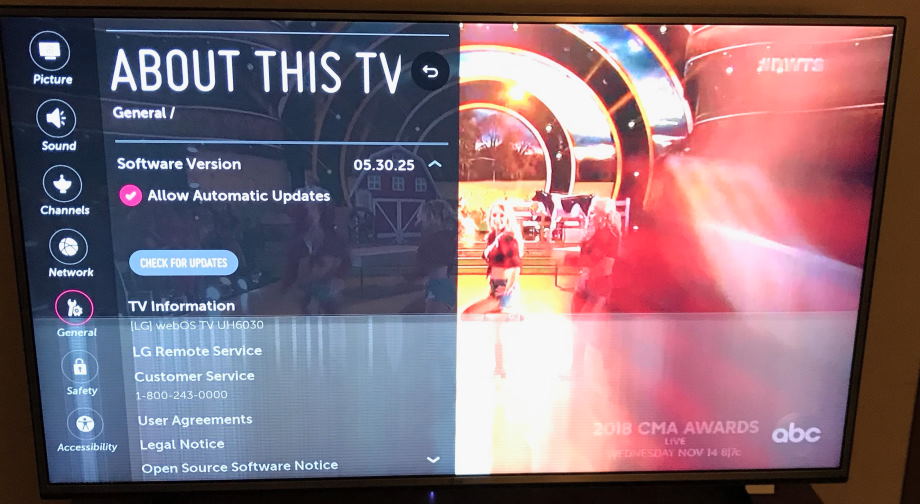“You need to tell me how I broke my TV because I do not accept that it has been damaged”
This is the common response to when customers try and pull a fast one on a retailer who knows their stuff.
It’s a common thing that happens when customers who report issues with their TV not realising they have somehow managed to brake the screen on their TV.
So, for those who don’t know the difference, it’s really simple. If a screen has lines across it, and they are all straight lines, then it’s faulty. Take a look at the image below;

This is a faulty TV screen. We have banding at the bottom of the TV, and lines on the left hand side. We don’t see any diagonal lines, or a spiderweb pattern either.
This is a damaged TV.

We can see a clear impact mark on the screen, we have curved lines, and you see what I mean by a spiderweb pattern on the screen.
My customer had a TV with a similar pattern to the second image and the customer provided us with images as well. I tell them that there is no way we can tell him definitively how the TV was damaged. Of course, this was not good enough. So I explain about the common reasons as to why this happens.
- Someone has cleaned the screen, held the TV in the corner and put too much pressure on the screen causing it to crack
- Throwing an object (remote, controller or similar) at the TV
- Moving the TV and holding it in the wrong place
These are the common reasons but this is not a definitive list by any means. However, this customer was not accepting anything. And of course, this customer wants to escalate the issue so we can fix his TV.
Under any manufacturers warranty, any form of damage to the product is not covered. This was intentional damage to the product and no matter how much this customer screamed at me, I was not going to repair that TV.
And then we get the classic Technical Support line that everyone gives when they don’t like, don’t accept what you’re telling the customer. I mentioned it last time, and it happens again and again.
“You don’t know what you’re talking about!”
There is nothing you can say to that without sounding rude, patronising and insulting to the customer. So I dealt with it with only one response.
“If that’s what you believe customer, then that is your prerogative. Please go ahead and prove me wrong by arranging for your own engineer, certified by the manufacturer to confirm that you did not damage this TV, and it is indeed a faulty TV with a report from them and come back to me. Once I have that report, then I’ll be happy to cover the cost of repairing the TV for you.”
And we never heard from them again. You can see how when people try and pull a fast one, that no matter what they say, how much they fight, how much they claim to tell everyone on social media that when the evidence is clear, we will stand our ground.












